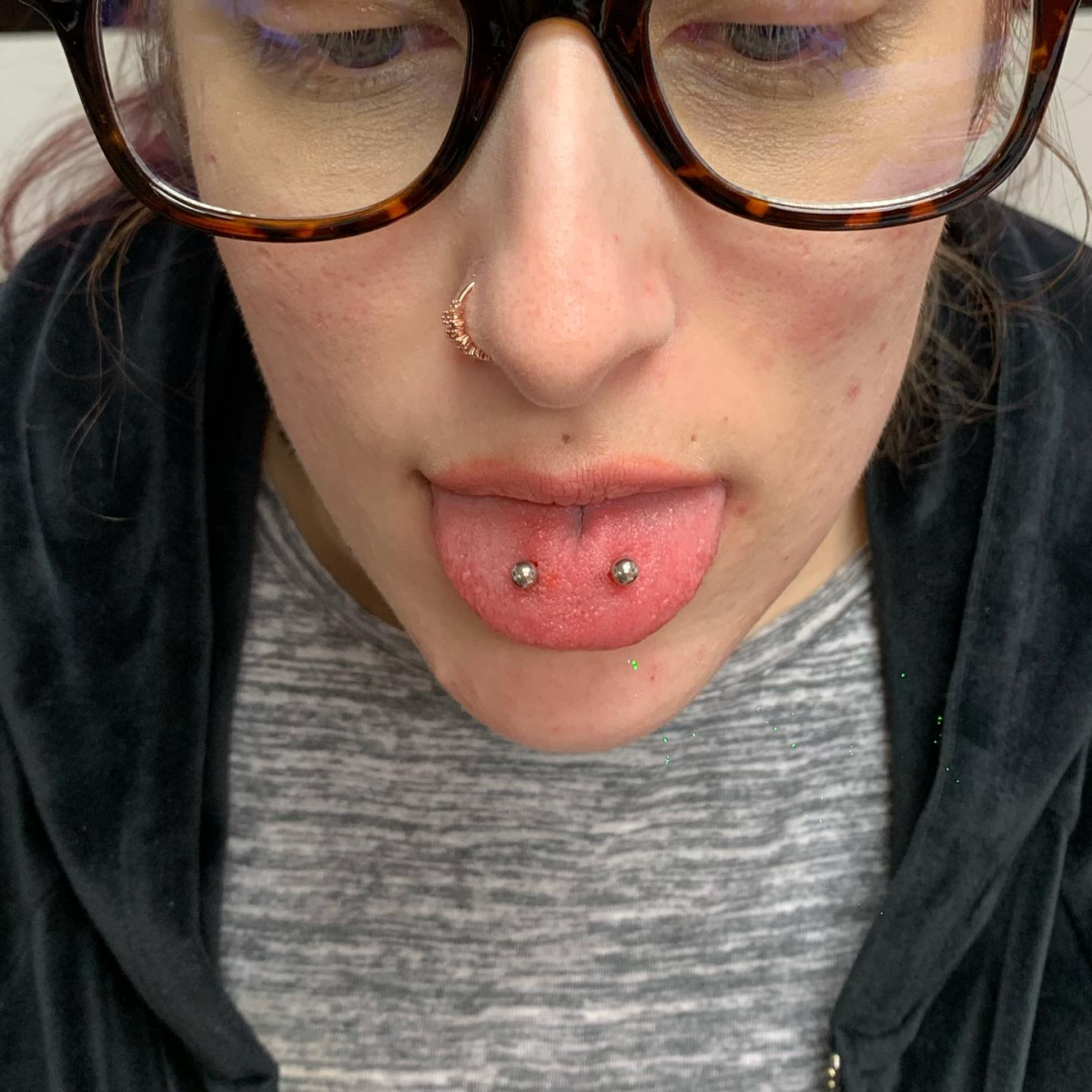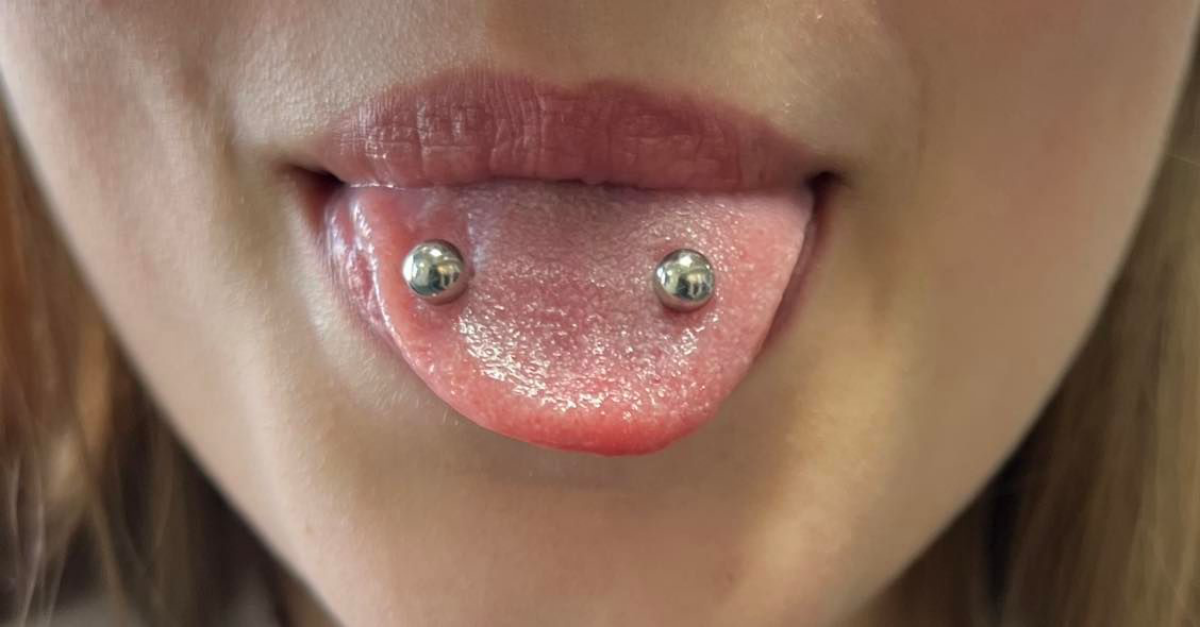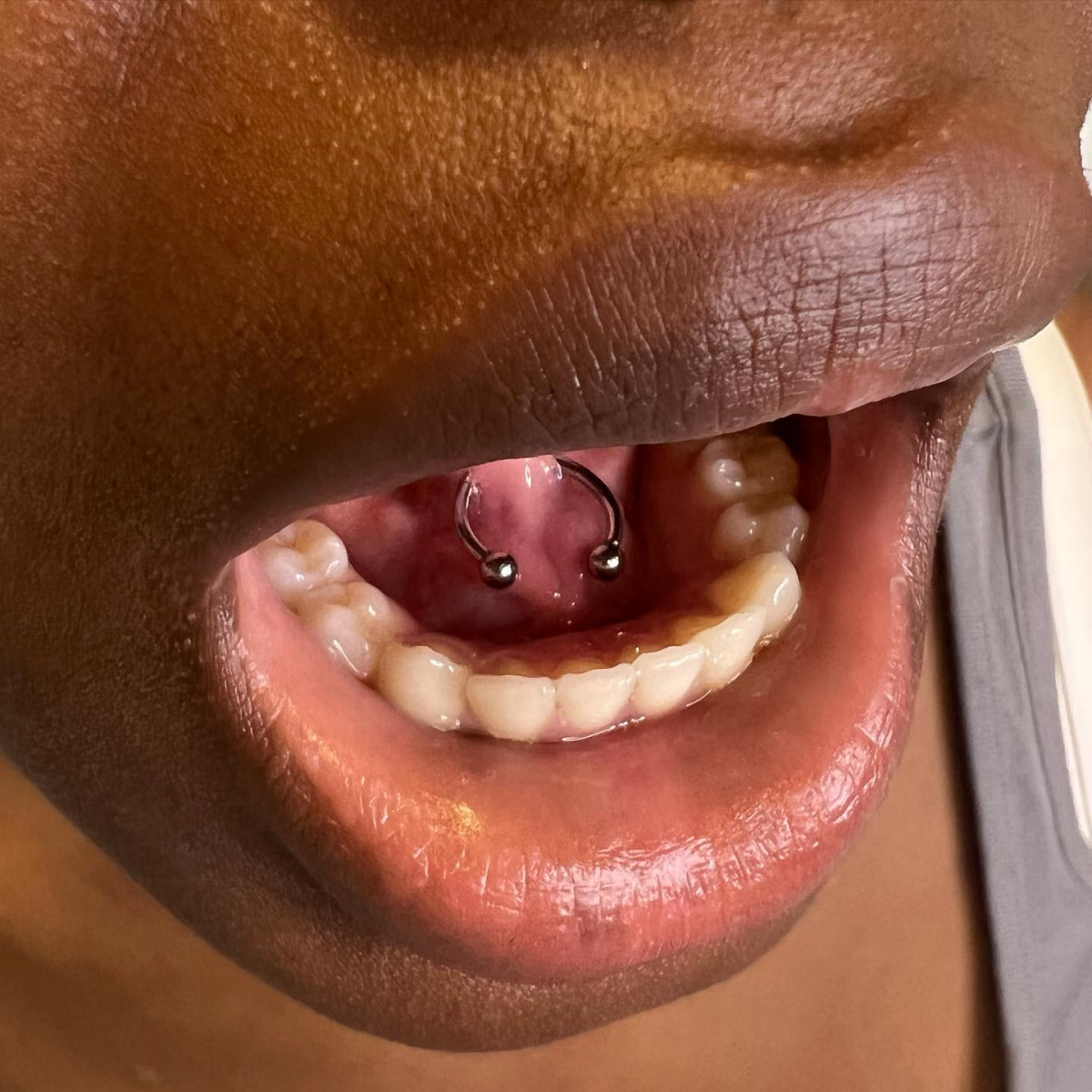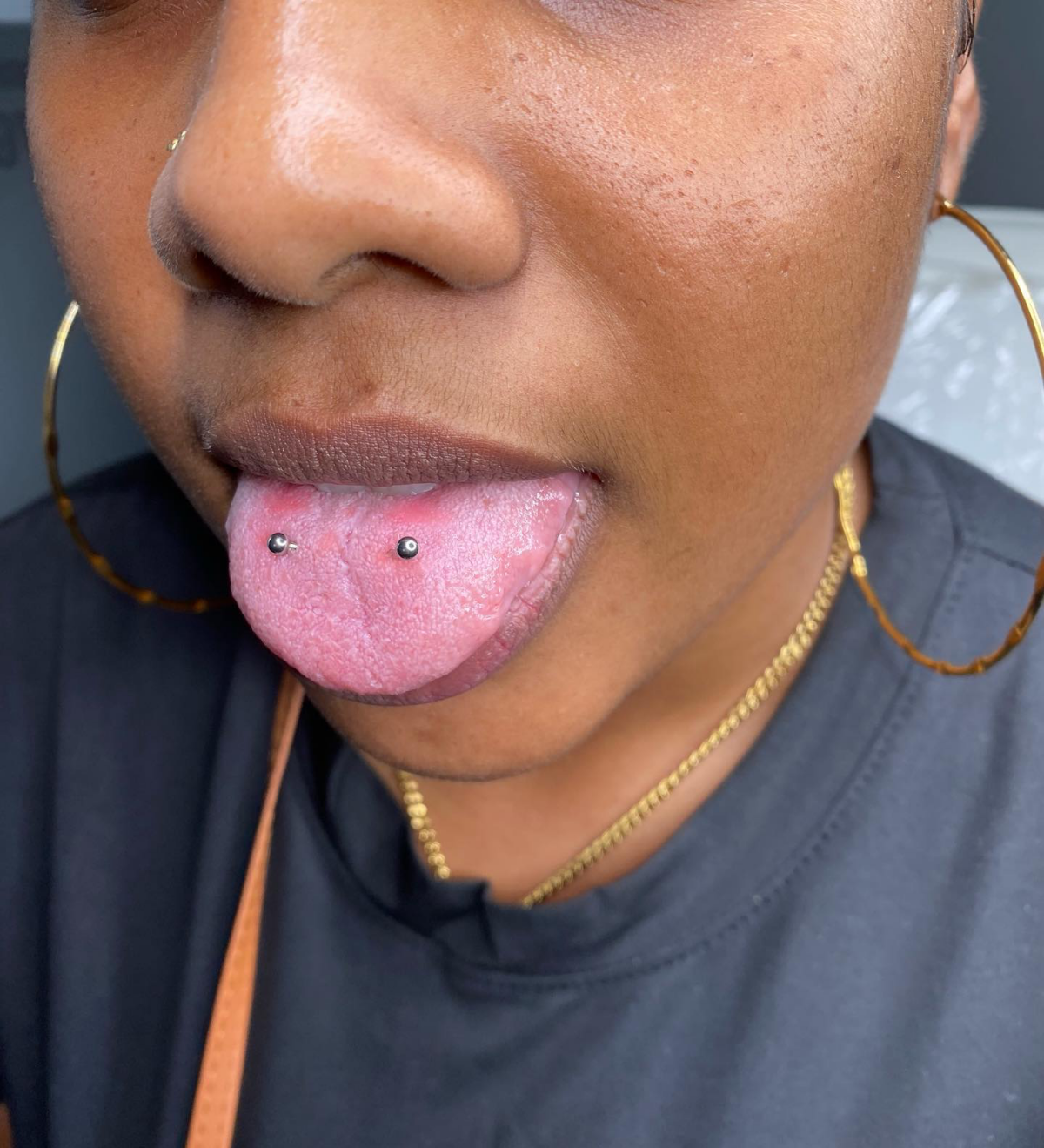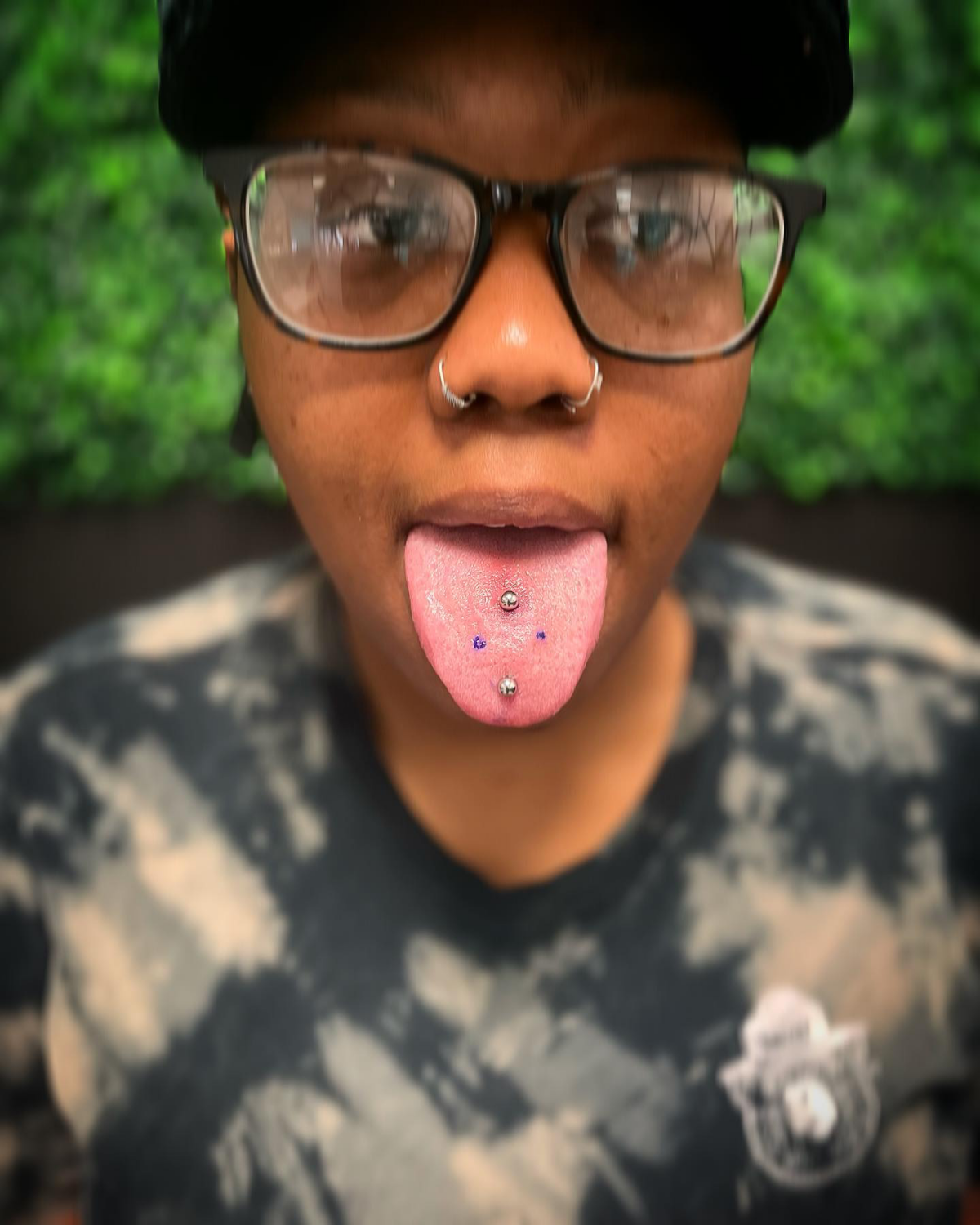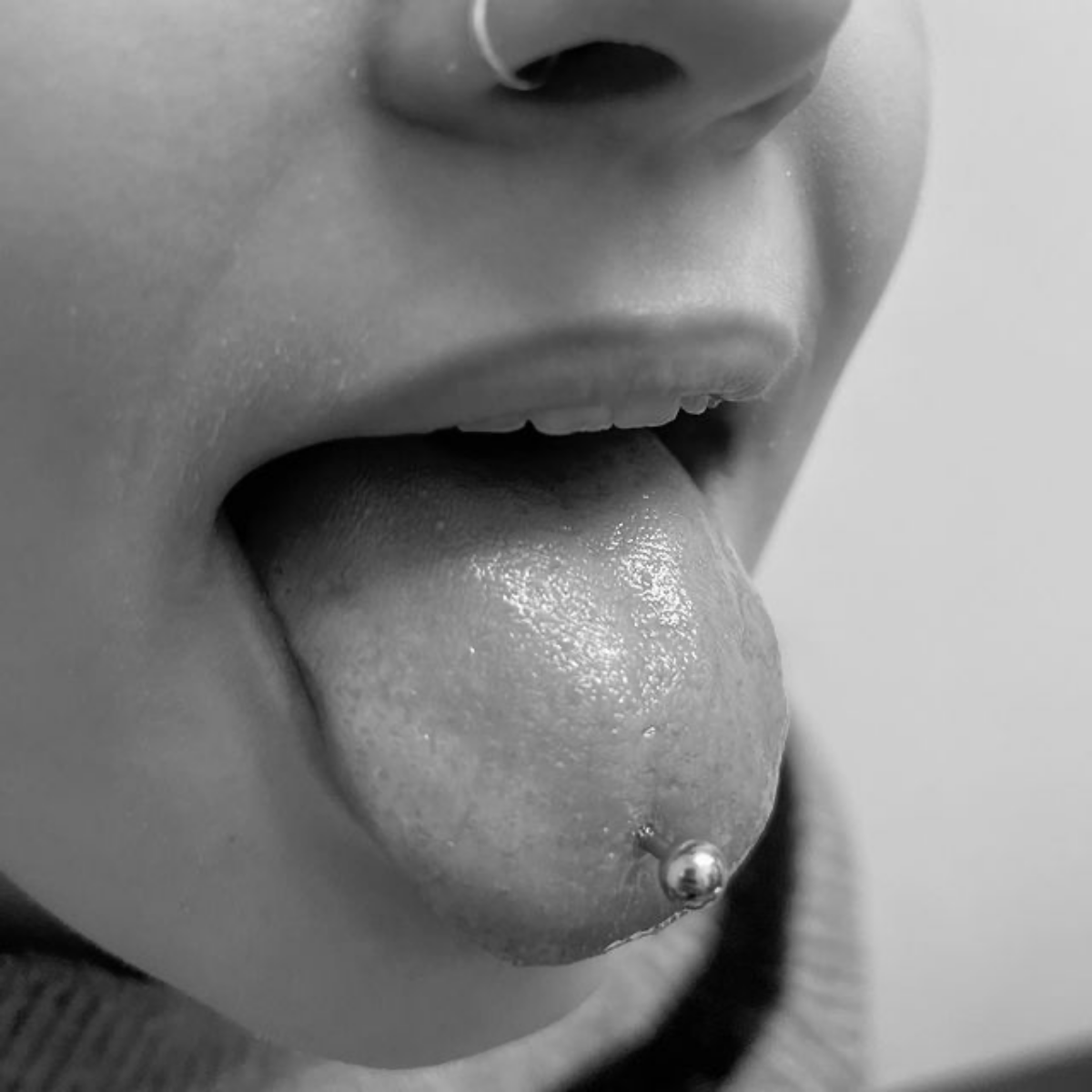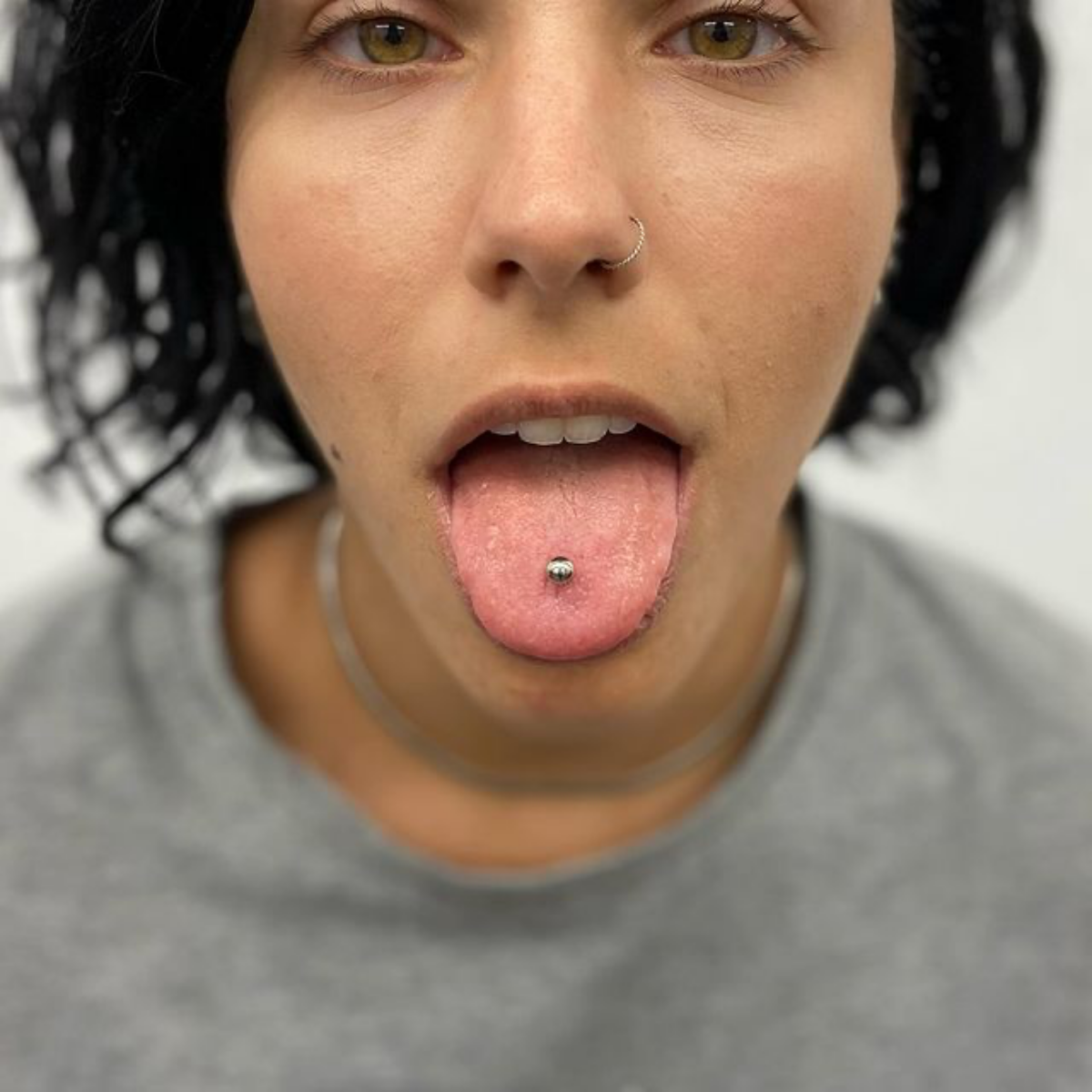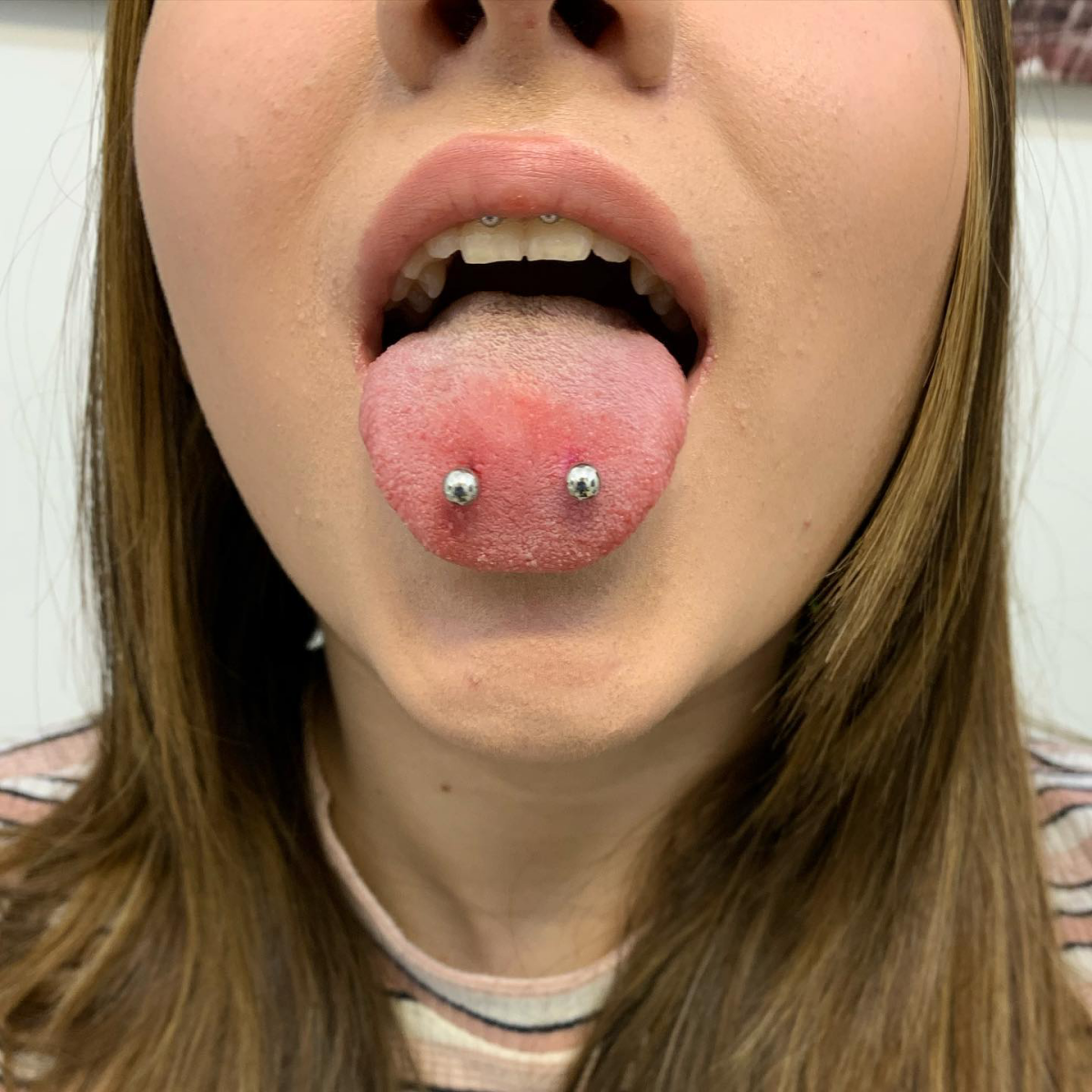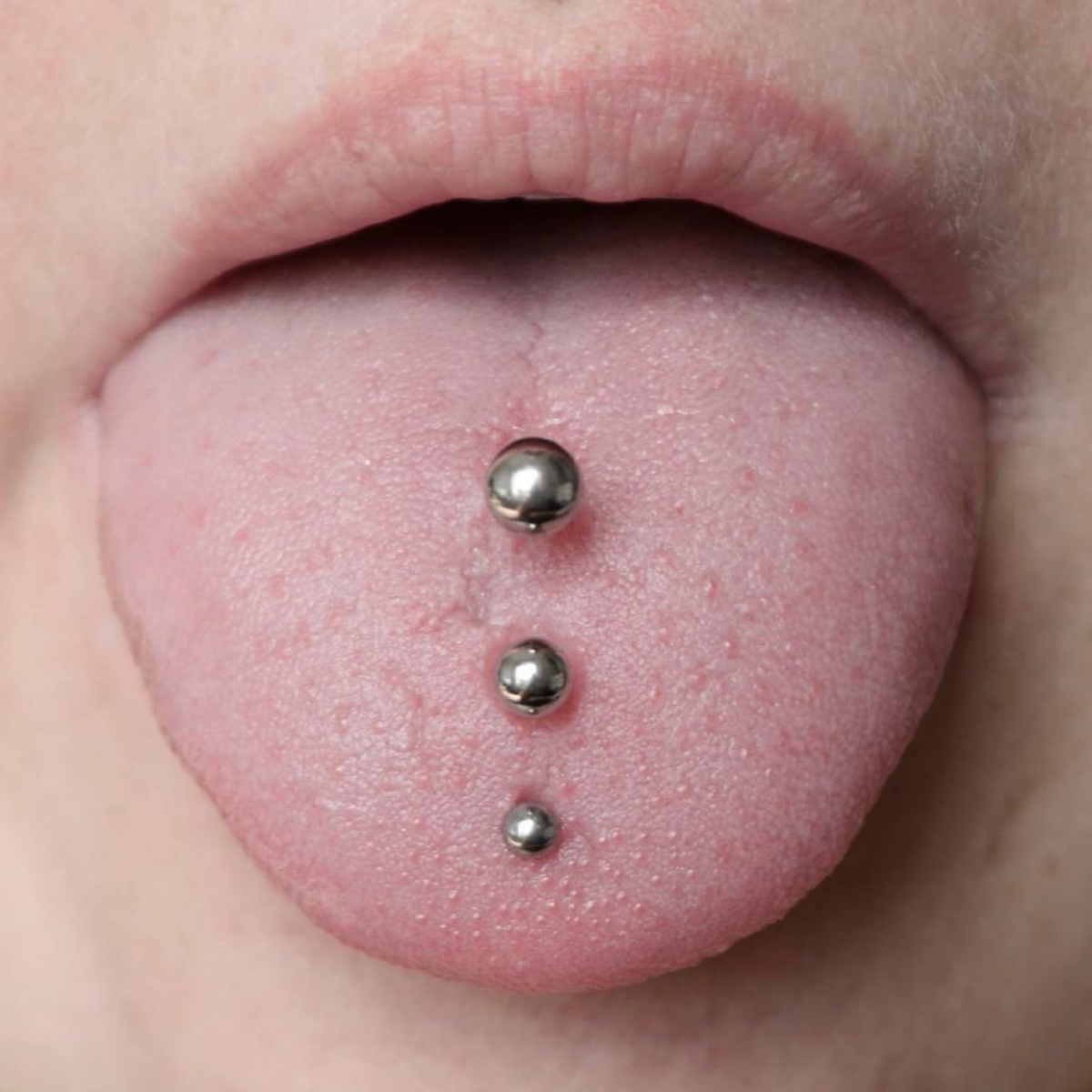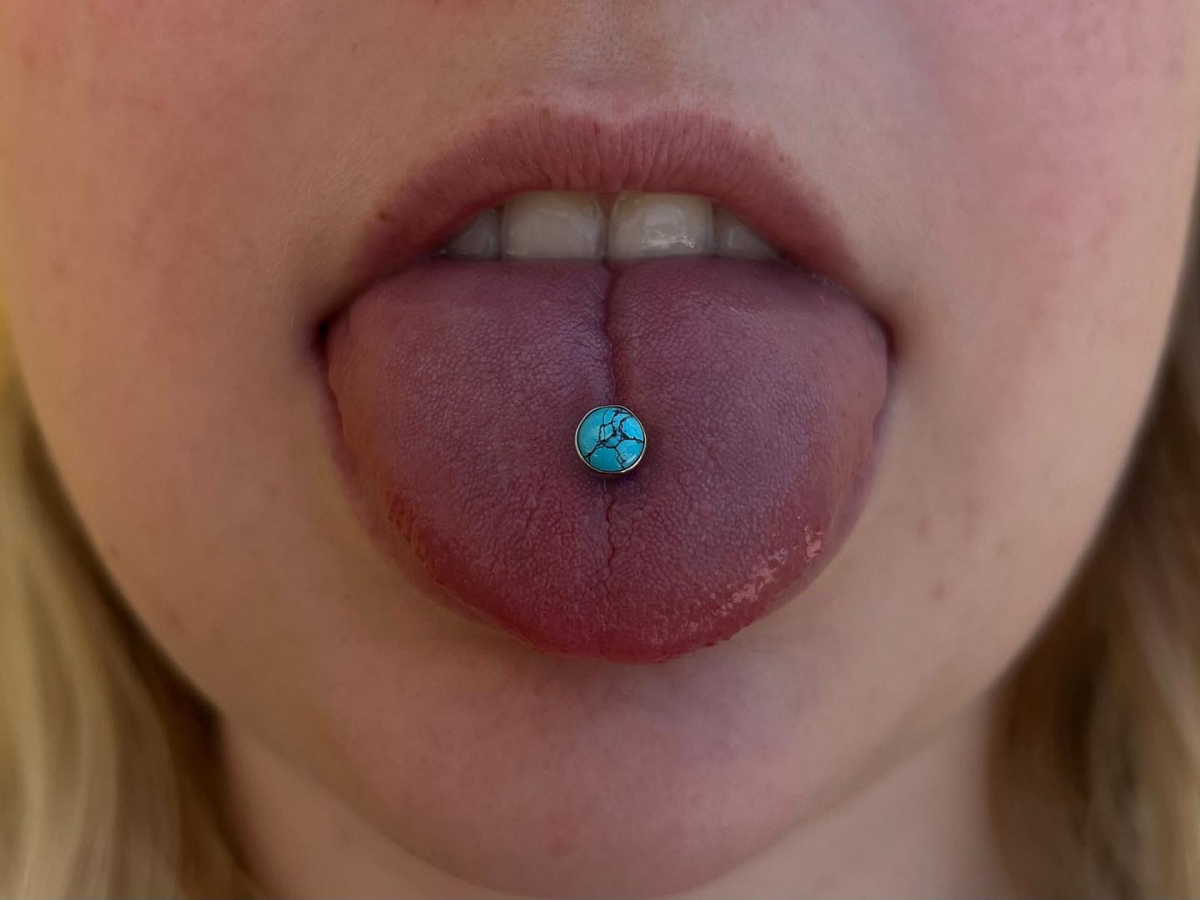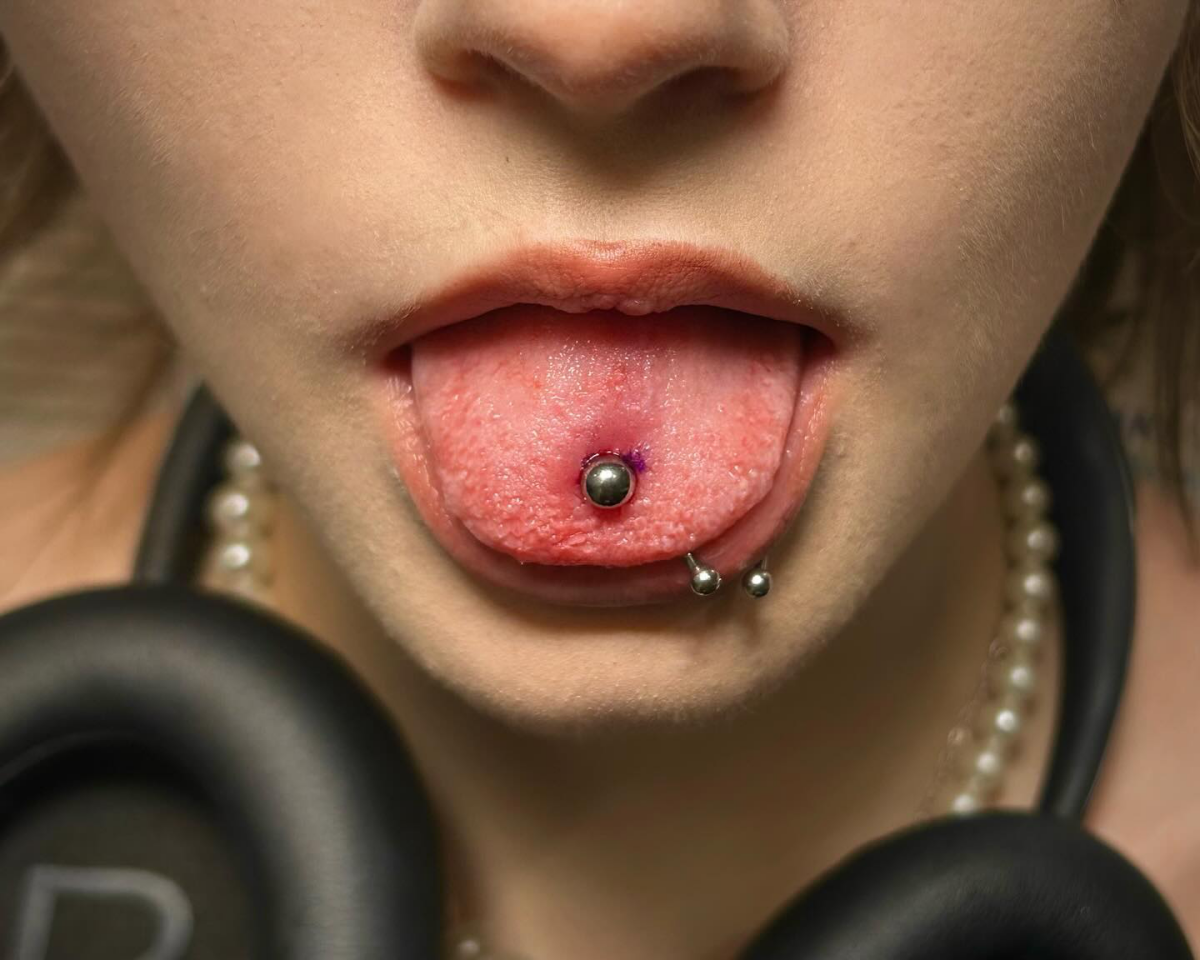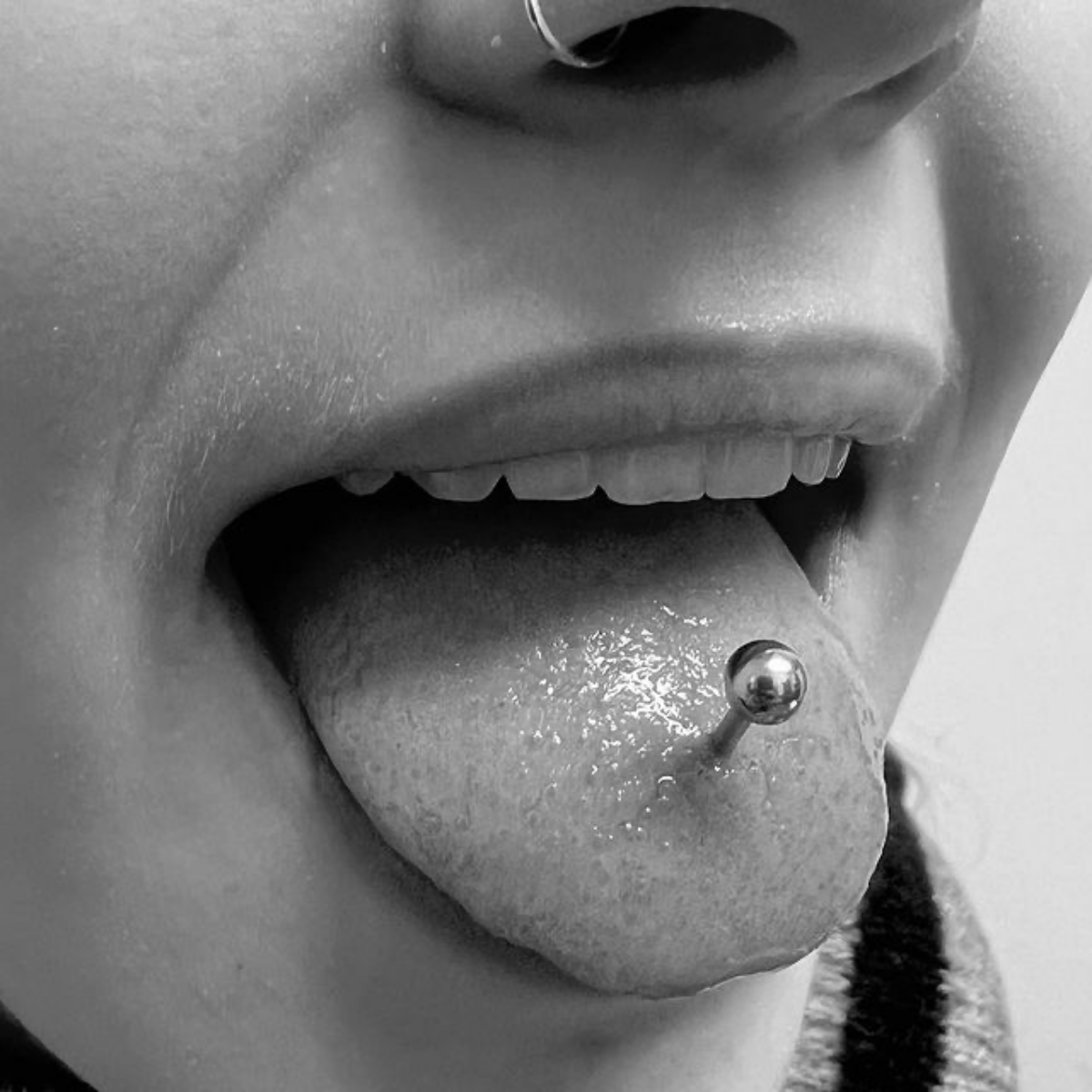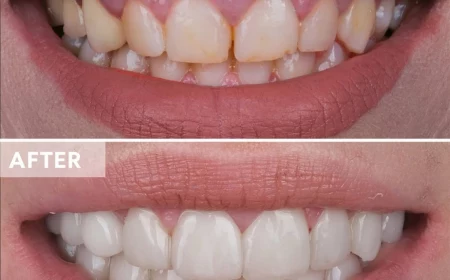The Ultimate Guide To Different Tongue Piercings
Embark on an enchanting journey into the world of tongue piercings, a realm where bold self-expression and unique personal style reign supreme! This guide is your passport to an extensive exploration of different tongue piercings, fusing rich, informative content with an engaging, whimsical tone. As we navigate through the diverse landscape of tongue piercings, you’ll gain valuable insights, enabling you to find that perfect piercing that echoes your individuality. Whether you’re a seasoned piercing enthusiast or new to this fascinating world, this guide promises to be both enlightening and entertaining. Get ready to dive into an adventure filled with captivating details about each piercing style, all tailored to inspire and help you discover your ideal match in the vibrant world of tongue piercings.
Embark on a magical exploration of tongue piercings
In this article
Different Tongue Piercings
Tongue piercings boast a history steeped in ancient rituals and spiritual practices, spanning various global cultures. Originating thousands of years ago, these piercings have been integral to African and American tribal cultures, often symbolizing rites of passage or connections to the divine. In civilizations like the Aztecs and Mayas, they were central to religious ceremonies, believed to facilitate communication with gods through ritualistic pain and altered consciousness. In modern times, tongue piercing has evolved from its sacred roots to a widespread form of body modification. This transformation reflects a shift from spiritual and ritualistic purposes to contemporary expressions of rebellion, fashion, and individuality. Understanding this historical context enriches our appreciation of tongue piercings, highlighting their multifaceted significance from ancient symbolism to modern-day personal expression.
Dive into the ancient roots of tongue piercings
Standard tongue piercing
The standard tongue piercing, a timeless and popular choice, is typically placed in the center of the tongue. This piercing is versatile, allowing for a range of jewelry options such as barbells or studs. The standard placement offers an understated yet stylish look, suitable for those who prefer a classic and subtle form of body modification. The central positioning also ensures a balanced and symmetrical appearance, making it a universally appealing option. Its simplicity belies its impact, offering a perfect starting point for those new to tongue piercings or a sophisticated choice for piercing veterans.
Pain level: 4/10 – Comparable to a quick pinch, it’s relatively low on the pain scale
Healing time: 4-6 weeks – With diligent care, it heals smoothly, making it a popular first choice
Discover the classic elegance of the central tongue piercing
Horizontal tongue piercing
Horizontal tongue piercing, a unique and less conventional style, traverses horizontally through the tongue’s thickness. It requires specific jewelry types, like curved barbells, to ensure comfort and proper fit. This piercing is distinct in its orientation, creating a striking visual effect. It’s important to note that due to its unusual placement, this style may require more precise aftercare and attention to prevent complications. The horizontal tongue piercing appeals to those seeking a more daring and unconventional look, distinguishing itself from more traditional vertical piercings.
Pain level: 6/10 – The sensation is more pronounced due to the piercing’s orientation
Healing time: 6-8 weeks – Requires meticulous aftercare given its unique positioning
Unveil the daring allure of the horizontal tongue piercing
Venom bites
Venom bites consist of two symmetrical piercings positioned on either side of the tongue, reminiscent of snake fangs. This style typically uses small straight or curved barbells. Venom bites offer a bolder aesthetic, creating an edgy and eye-catching look. The symmetry and placement of these piercings can accentuate the tongue’s movements, making them particularly striking when speaking or eating. Due to their placement, venom bites require careful maintenance to ensure healing and comfort, appealing to individuals looking for a more adventurous piercing style.
Pain level: 5/10 per piercing – Slightly more intense due to the double procedure
Healing time: 4-6 weeks – Regular cleaning is crucial to prevent infection
Step into the edgy world of venom bites
Frenulum piercing
Located beneath the tongue, the frenulum piercing pierces the thin strip of tissue connecting the tongue’s underside to the mouth’s floor. Often decorated with captive bead rings or small barbells, this piercing is a subtle yet distinctive choice. The frenulum piercing is less visible compared to other tongue piercings, offering an element of surprise and uniqueness. Its placement requires precision and expertise to ensure safety and reduce the risk of damage to the sensitive tissue. This style suits those who prefer a more discreet form of body art.
Pain level: 3/10 – Minimal discomfort due to the thin tissue involved
Healing time: 3-4 weeks – One of the faster healing tongue piercings, thanks to the area’s good blood supply
Explore the hidden charm of the frenulum piercing
Surface tongue piercing
The surface tongue piercing, an avant-garde and modern choice, sits on the surface of the tongue rather than passing through it entirely. This piercing requires specialized jewelry like surface bars to minimize the risk of rejection or migration. The surface placement creates a unique visual effect, making it a statement piece. This style is ideal for individuals seeking an unconventional and noticeable piercing that stands out from more traditional tongue piercings.
Pain level: 5/10 – A moderate level of discomfort due to the surface placement
Healing time: 6-8 weeks – Proper jewelry selection is key to successful healing
Embrace the modern vibe of surface tongue piercings
Vertical tongue piercing
A vertical tongue piercing, distinct in its orientation, penetrates from the top to the bottom of the tongue. This alternative to the standard style offers a different visual and sensory experience. The vertical placement can create an elongated effect on the tongue, adding to its aesthetic appeal. This style is suitable for those who want to deviate from the norm while maintaining a balance between boldness and subtlety.
Pain level: 6/10 – The vertical path through the muscle makes it slightly more intense
Healing time: 6-8 weeks – Consistent aftercare is essential to avoid complications
Experience the unconventional beauty of the vertical tongue piercing
Scoop piercing
Also known as a surface tongue piercing, the scoop piercing is a horizontal piercing that lies flat on the surface of the tongue. This style requires special jewelry designed to sit flush against the tongue, reducing the risk of irritation or injury. The scoop piercing presents a sleek and modern look, making it an intriguing choice for those who appreciate minimalist yet impactful body art.
Pain level: 5/10 – The sensation is similar to a surface tongue piercing
Healing time: 6-8 weeks – Careful maintenance is needed to ensure proper healing due to its surface nature
Admire the sleek and innovative scoop piercing
Tongue web piercing
The tongue web piercing, done on the web or frenulum under the tongue, offers a discreet yet distinctive style. It is a less common choice, providing a subtle form of expression for those who prefer understated body modifications. The placement of this piercing in the less visible area of the mouth adds an element of personalization and mystery.
Pain level: 3/10 – Generally low in pain due to the thin layer of tissue
Healing time: 3-4 weeks – Quick healing, although care must be taken to avoid irritating the sensitive area
Encounter the subtle intrigue of the tongue web piercing
Tongue tip piercing
Positioned at the very tip of the tongue, the tongue tip piercing is a less common and more daring choice. Chosen for its distinctive appearance, this style can enhance the tongue’s expressiveness and is often a conversation starter. The tip placement requires skilled execution and attentive aftercare, making it a choice for those who are committed to maintaining their piercing.
Pain level: 7/10 – Higher due to the nerve endings in the area
Healing time: 6-8 weeks – Requires careful aftercare to ensure proper healing and function
Feel the daring essence of the tongue tip piercing
Multiple and asymmetrical piercings
For a personalized and unique appearance, multiple and asymmetrical piercings on the tongue offer endless possibilities. This option allows individuals to create their own patterns and designs, ranging from evenly spaced piercings to creative and unconventional layouts. Multiple piercings can be a form of self-expression, reflecting one’s personality and style preferences. This approach is ideal for those who wish to push the boundaries of traditional piercing norms and make a bold statement.
Pain level: Varies – Each additional piercing adds to the overall sensation
Healing time: 4-6 weeks each – Healing time may be extended depending on the number and placement of piercings
Get creative with multiple and asymmetrical tongue piercings
Custom piercings
The realm of tongue piercings also opens the door to custom and creative placements and combinations, leading to truly one-of-a-kind designs. These bespoke piercings can involve unusual locations, unique jewelry choices, or innovative arrangements. This option is perfect for those who view their body as a canvas for artistic expression and wish to explore beyond the conventional piercing styles. Custom and creative piercings are a testament to the individual’s creativity and desire to stand out with their body art.
Pain level: As unique as the design – Each custom piercing comes with its own set of sensations
Healing time: Varies – Custom piercings may require different healing times based on complexity and placement
Delve into the realm of custom tongue piercings
Risks of Tongue Piercings
It’s important to remember that with any form of body modification comes potential risks. Tongue piercings can lead to infections, swelling, and in some cases, damage to teeth and gums. It’s crucial to go to a reputable piercer, follow aftercare instructions diligently, and be aware of signs of infection or other complications.
Be aware of the potential risks of tongue piercings
FAQs
Which tongue piercing is the safest?
The standard tongue piercing is generally considered the safest due to its straightforward placement in the center of the tongue, away from major blood vessels and nerves. Its location minimizes risks like nerve damage or excessive bleeding, making it a reliable choice for first-timers.
The central tongue piercing is considered the safest
What is the most painful day of a tongue piercing?
The most painful day is typically the day after the piercing. Swelling and tenderness reach their peak as the body reacts to the new wound. Pain and discomfort are normal during this initial healing phase, but they usually diminish significantly after a few days.
The day after piercing is usually the most painful
Does a tongue piercing affect kissing?
A tongue piercing can affect kissing, especially during the initial healing period. It may cause discomfort or require extra caution to avoid injury. Once healed, many people adapt to the piercing, and it becomes less of an issue, although the experience can vary from person to person.
Initially, a tongue piercing can affect kissing
Are tongue piercings bad for your teeth?
Tongue piercings can be bad for teeth over time. The metal jewelry can chip or wear down tooth enamel and potentially injure the gums. It’s important to be mindful of the jewelry’s interaction with teeth to minimize any potential harm.
Tongue piercings can harm teeth over time
Can you taste a tongue piercing?
You cannot taste the metal of a tongue piercing, as taste buds don’t detect the piercing itself. However, the presence of the piercing might initially feel strange in the mouth and can slightly alter the sensation of eating or drinking.
Metal of piercing can’t be tasted, but may feel odd
What to avoid when piercing a tongue?
Avoid alcohol, smoking, and spicy foods, as they can irritate the piercing. Also, steer clear of playing with the jewelry and engaging in oral activities that could introduce bacteria or cause injury. Good oral hygiene is crucial to prevent infection.
Keep away from irritants and maintain oral hygiene
How long after a tongue piercing can you talk?
You can talk immediately after getting a tongue piercing, but it may be difficult initially due to swelling and discomfort. It’s usually recommended to speak slowly and clearly, and avoid excessive talking for a few days to allow the piercing to start healing.
Talking is possible but might be challenging initially
Tongue piercings offer a dynamic way to express individuality and personal style. Whether you prefer the understated elegance of a standard piercing or the bold statement of a custom design, there’s a tongue piercing to suit every personality. Armed with this detailed guide, you’re now ready to embark on your tongue piercing adventure with confidence and flair! Remember, the key to a great piercing experience is informed decision-making, safe practices, and a dash of daring!
Now you know all about the different tongue piercings



